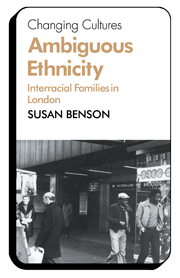Mixed Matters: Mixed-race pupils discuss school and identityPosted in Books, Media Archive, Monographs, Teaching Resources, United Kingdom on 2011-02-14 15:01Z by Steven |
Mixed Matters: Mixed-race pupils discuss school and identity
Troubador Publishing
March 2011
128 pages
198×127 mm
ISBN: 9781848765719
Denise Williams
Mixed Matters responds to the dearth of literature about the experiences of mixed-race pupils in British schools. It seeks to examine how much credence schools should give to pupil identities when one parent is white British and the other is of black British/Caribbean heritage, as well as offering practical advice on how to improve the educational outcome of mixed-race children.
More often than not, mixed-race pupils are simply referred to as black and tend to be encompassed in a larger, more diverse group of black pupils, but the increased presence of mixed-race pupils in schools needs to focus the efforts of education professionals to address issues of race, ethnicity and culture.
Mixed Matters is essential reading for all educational professionals who want to get to grips with the issues that face mixed families and the pupils themselves as they share their personal experiences of what it is like to be them in the British schooling system. The young people featured in this book challenge some of the commonly held assumptions made about them – especially regarding their aspirations.
This book contains some resources that can be used to support work with mixed-race pupils as well as initial training and professional development of teachers. The book also details the approach of Mix-d, formerly the Multiple Heritage Project, in organising youth conferences and training youth facilitators of mixed-race to lead their peers in discussions about school and identity.



